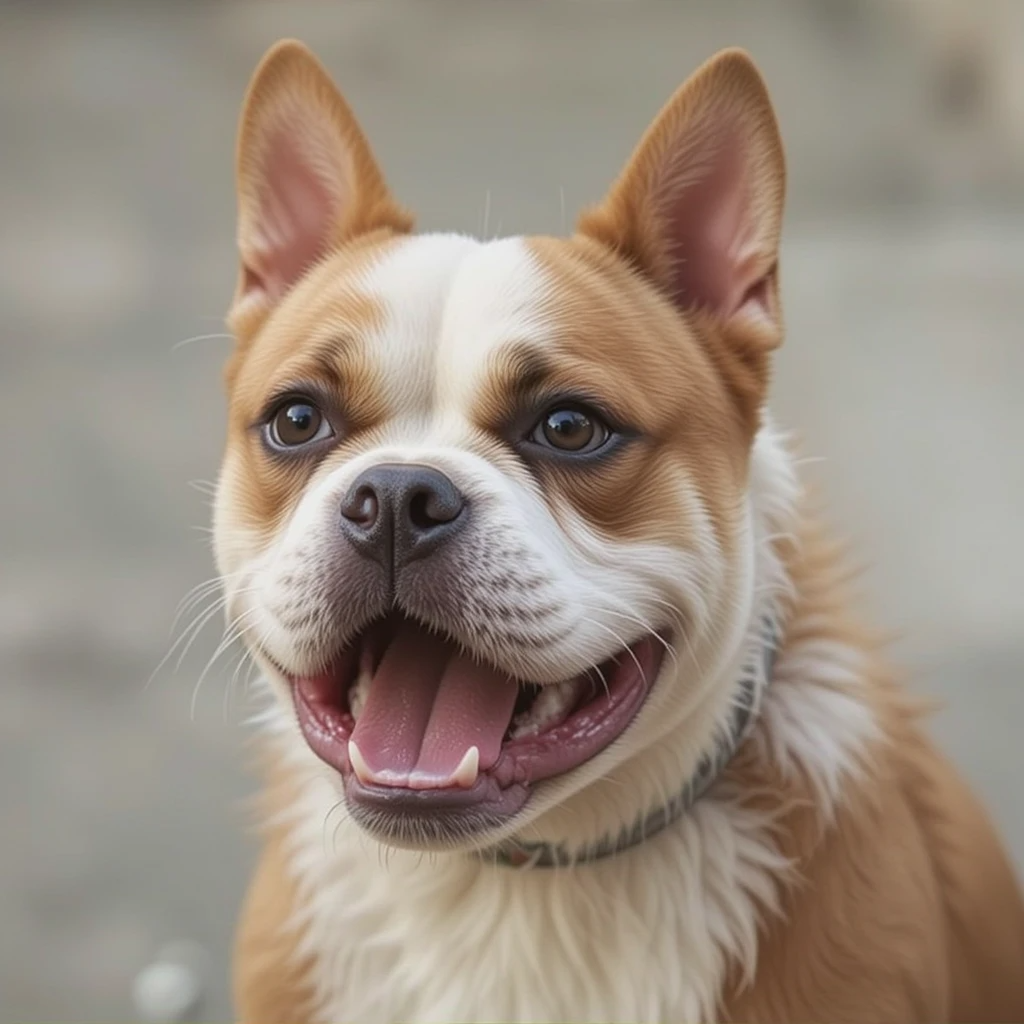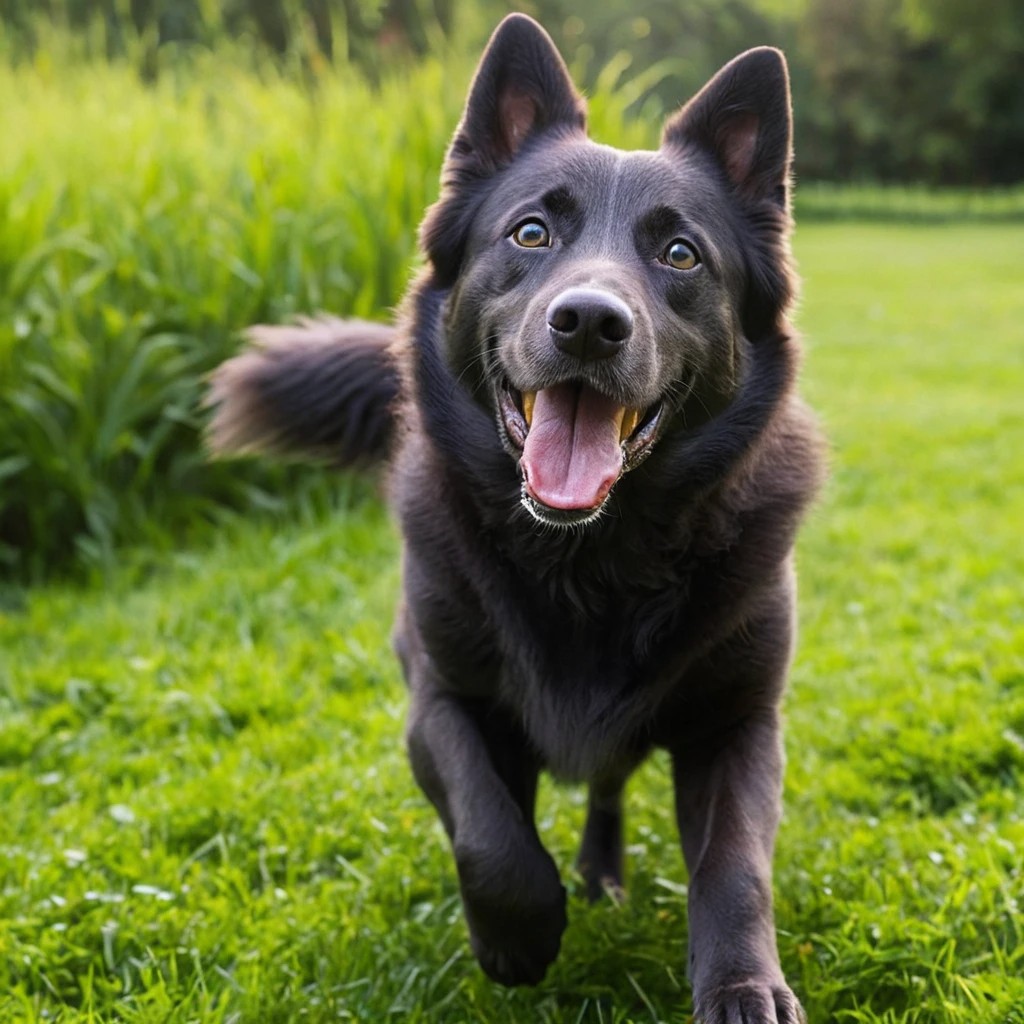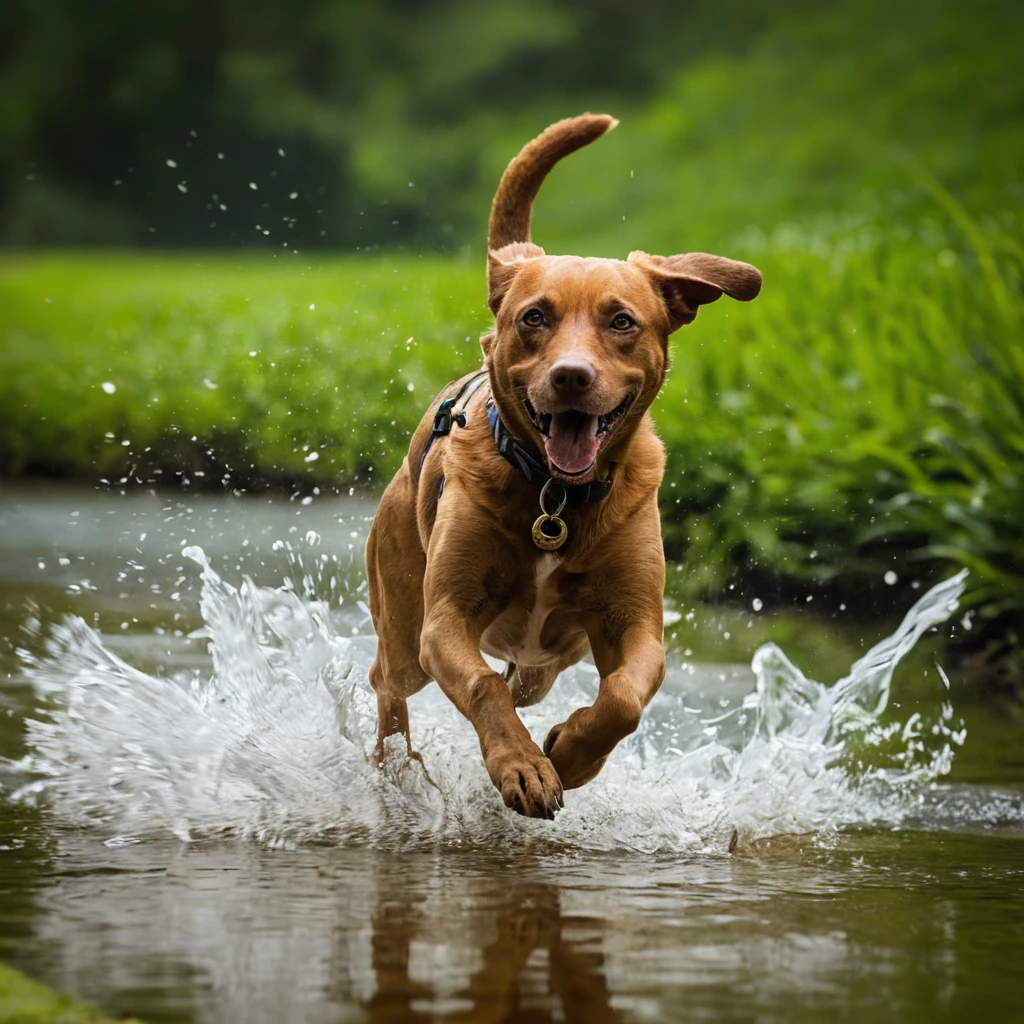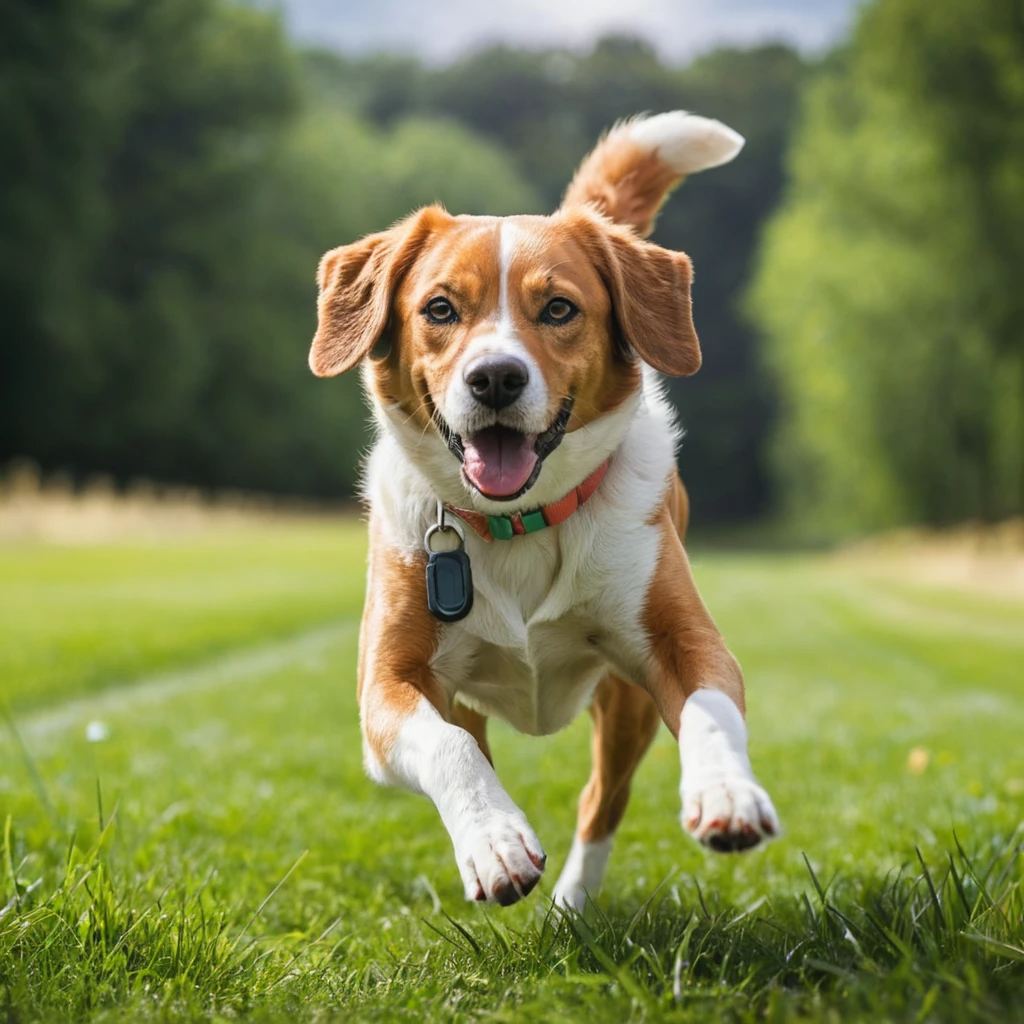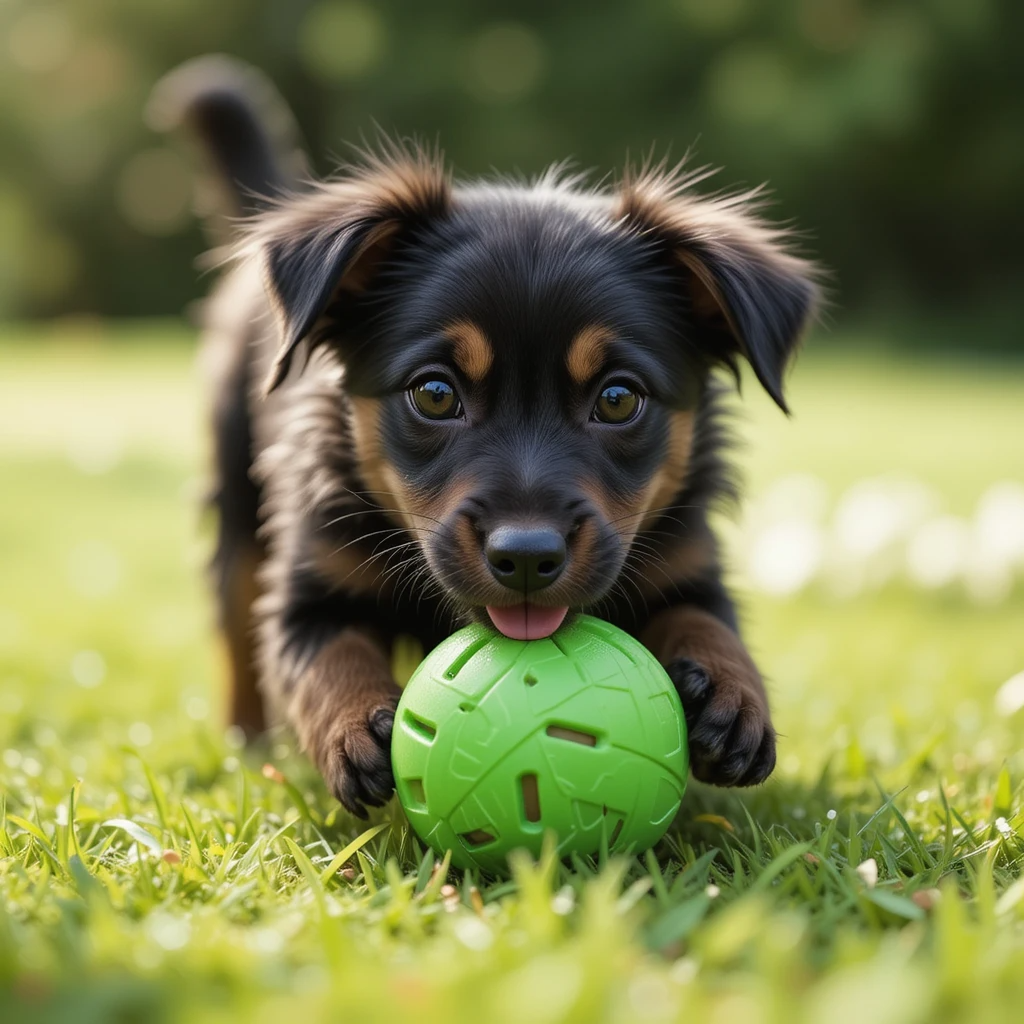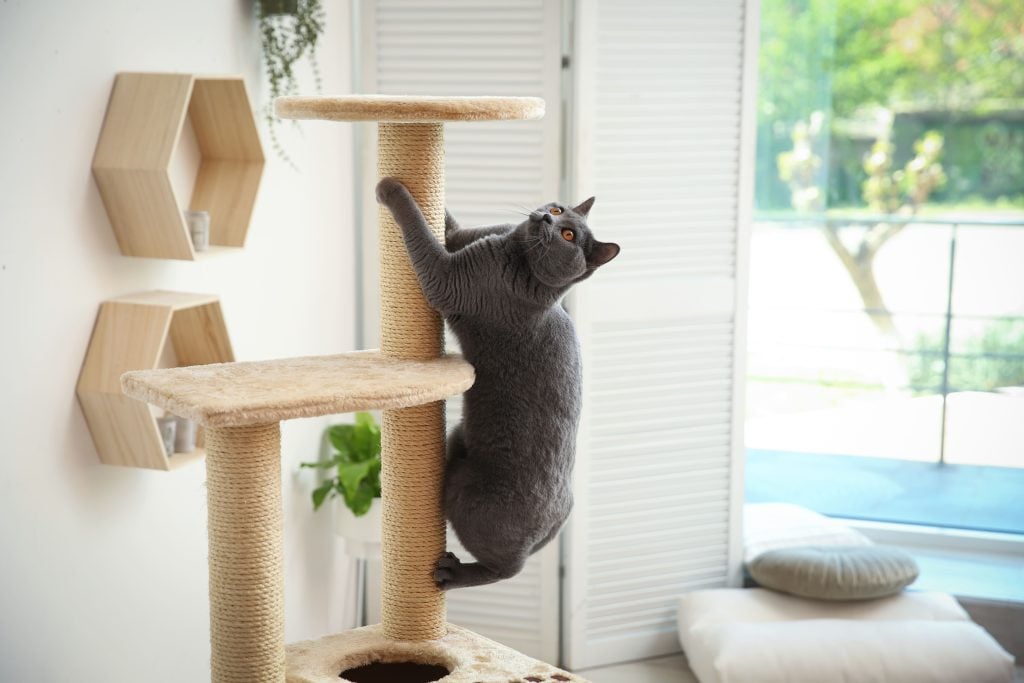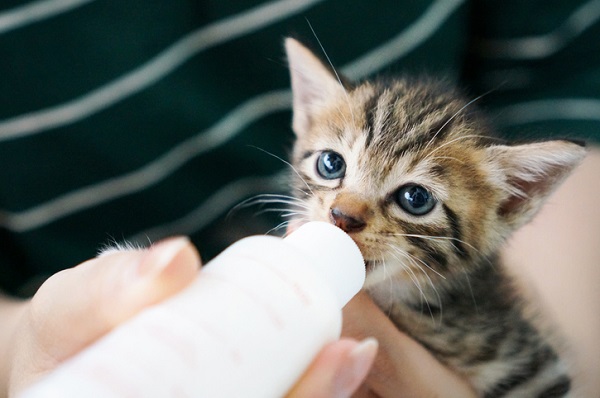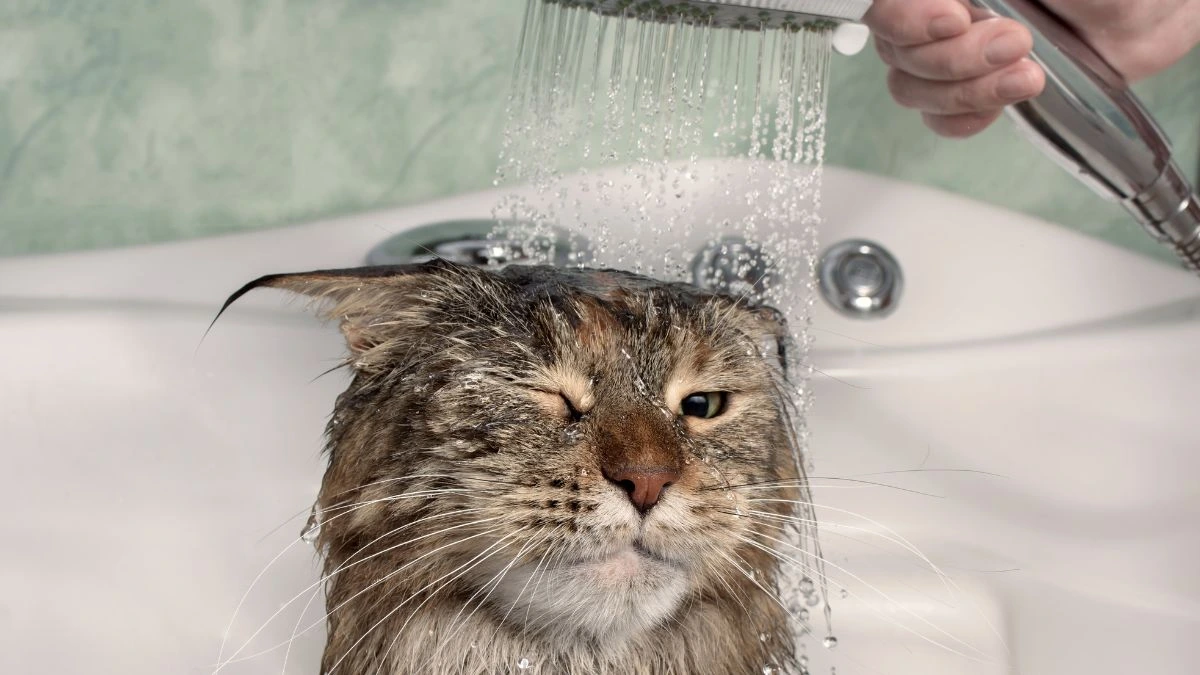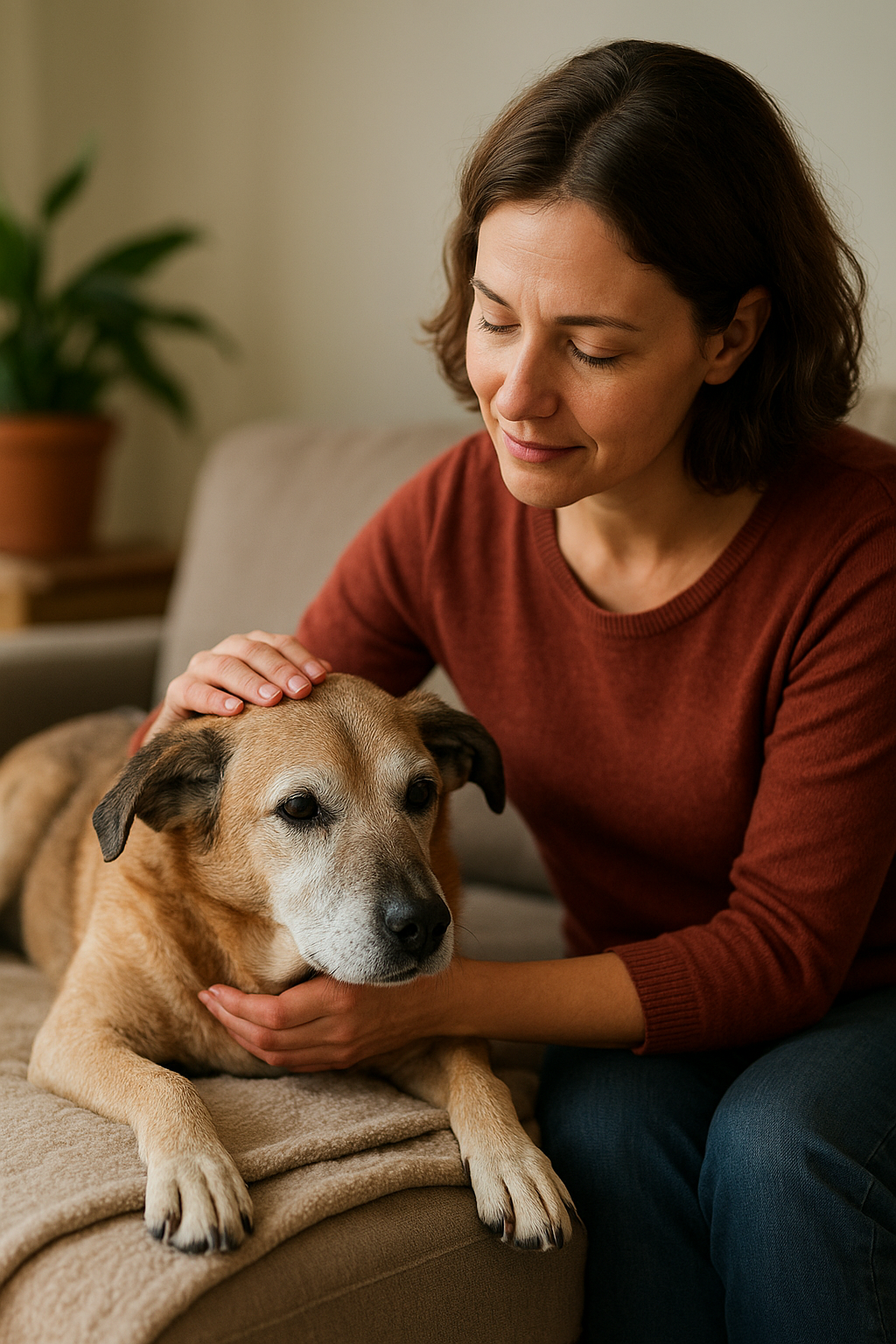A Verdade Sobre as Raças de Cães Consideradas “Ferozes”
Quando as pessoas ouvem as palavras “cão feroz”, muitas vezes pensam em animais perigosos e agressivos, que devem ser evitados. Mas será que essa é toda a verdade? Muitas raças rotuladas como “ferozes” são, na verdade, extremamente leais, altamente inteligentes e incrivelmente protetoras de suas famílias. Sua força e assertividade fazem com que sejam mal compreendidas, especialmente quando não são treinadas ou socializadas corretamente.
Neste artigo, exploramos as 7 raças de cães mais ferozes — não para causar medo, mas para promover compreensão, responsabilidade e respeito. Esses cães não são monstros — são guerreiros da lealdade, guardiões por instinto e companheiros com um coração imenso.
1. Pit Bull Terrier
- Origem: Reino Unido / Estados Unidos
- Peso: 14–38 kg
- Temperamento: Confiante, enérgico, corajoso
O American Pit Bull Terrier é talvez a raça mais incompreendida do mundo. Originalmente criado para enfrentar touros e mais tarde para rinhas, ganhou fama de agressivo. No entanto, quem já amou um Pit Bull conhece o outro lado da história — eles são afetuosos, brincalhões e extremamente leais.
O que torna o Pit Bull “feroz” é sua proporção força/peso, alta tolerância à dor e sua determinação incansável. Quando não treinados ou negligenciados, esses traços podem levar a incidentes graves. Mas com treinamento adequado, socialização precoce e um lar amoroso, os Pit Bulls se tornam dos companheiros mais devotados que alguém pode ter.
Principais Características:
- Mandíbula extremamente forte
- Tenacidade e determinação
- Ótimo com famílias quando criado corretamente
Curiosidade:
Em testes de temperamento feitos pela American Temperament Test Society, os Pit Bulls frequentemente obtêm pontuações melhores que raças consideradas “mais amigáveis”, como o Golden Retriever.
2. Rottweiler
- Origem: Alemanha
- Peso: 36–59 kg
- Temperamento: Calmo, confiante, atento
Os Rottweilers eram usados para pastorear gado e puxar carrinhos com carne até o mercado. Seu instinto natural de proteger o território e entes queridos os torna ótimos cães de guarda — mas também propensos à agressividade se mal conduzidos.
A força de mordida de um Rottweiler pode ultrapassar 328 PSI, e seu porte musculoso reforça sua presença dominante. No entanto, são extremamente inteligentes e desejam agradar, o que os torna altamente treináveis com o tutor certo.
Principais Características:
- Instinto protetor natural
- Porte físico poderoso
- Leal especialmente a uma ou duas pessoas
Dica de Treinamento:
Rottweilers precisam de treinamento consistente com disciplina firme, porém amorosa. Punições duras podem ter efeito contrário, tornando-os mais agressivos.
3. Dobermann Pinscher
- Origem: Alemanha
- Peso: 27–45 kg
- Temperamento: Alerta, destemido, obediente
Ágil, forte e inteligente, o Dobermann é frequentemente associado a trabalhos militares e policiais. Seu porte atlético e reflexos rápidos o tornam um excelente protetor, e ele pode se apegar profundamente ao dono.
Dobermanns são naturalmente desconfiados com estranhos e protegerão sua família sem hesitação. Apesar de sua aparência imponente, são carinhosos e adoram estar próximos aos humanos.
Principais Características:
- Extremamente ágil e veloz
- Inteligência acima da média
- Grande senso de lealdade
Ideal para:
Tutores experientes que ofereçam treinamento firme, estímulos mentais e exercícios físicos regulares.
4. Cane Corso
- Origem: Itália
- Peso: 40–54 kg
- Temperamento: Assertivo, protetor, leal
Descendente dos cães de guerra romanos, o Cane Corso era usado para guardar propriedades e gado. Com cabeça larga e mandíbulas poderosas, é intimidador tanto física quanto mentalmente.
Não é uma raça indicada para tutores de primeira viagem. Exige socialização precoce, liderança forte e limites claros. Com sua família, porém, pode ser extremamente gentil, inclusive com crianças.
Principais Características:
- Presença massiva e intimidadora
- Instinto protetor altíssimo
- Surpreendentemente dócil com os seus
Observação:
É essencial socializar o Cane Corso desde cedo para evitar comportamentos territoriais excessivos.
5. Tosa Inu
- Origem: Japão
- Peso: 45–90 kg
- Temperamento: Calmo, reservado, digno
O Tosa Inu é o “mastim japonês”, criado especificamente para lutas, mas com um temperamento calmo e equilibrado. No Japão, era treinado para lutar em silêncio, sem demonstrar dor ou raiva.
Seu comportamento é estoico e nobre, mas sua força e histórico de combate exigem respeito. Em vários países, a raça é proibida ou altamente restrita.
Principais Características:
- Presença silenciosa e intimidadora
- Força extrema
- Comportamento quase “real”
Atenção:
A calma do Tosa pode ser confundida com passividade. Mas, ao perceber uma ameaça, reage de forma explosiva.
6. Boerboel
- Origem: África do Sul
- Peso: 68–90 kg
- Temperamento: Dominante, protetor, afetuoso
Desenvolvido por colonos holandeses para proteger fazendas contra predadores e invasores, o Boerboel foi criado para enfrentar até leões. E ainda mantém esse instinto aguçado.
Apesar do tamanho e força, pode ser muito gentil com crianças e membros da família. No entanto, é naturalmente dominante e precisa de treinamento desde cedo para entender quem manda.
Principais Características:
- Corajoso e territorial
- Extremamente forte e ágil
- Devotado à sua família
Requisito de Treinamento:
Devido ao seu instinto dominante, precisa de tutores experientes. Sem liderança firme, tentará assumir o controle.
7. Presa Canario
- Origem: Ilhas Canárias
- Peso: 38–59 kg
- Temperamento: Desconfiado, dominante, calmo
O Presa Canario, ou “Mastim Canário”, é uma raça rara usada historicamente para lidar com gado e proteger propriedades. Sua expressão séria e olhar intenso impõem respeito imediato.
Embora não seja agressivo por natureza, quando não treinado pode se tornar perigoso. Precisa de estrutura clara e socialização contínua desde cedo.
Principais Características:
- Forte instinto de caça
- Lealdade inabalável
- Não indicado para iniciantes
Status Legal:
Banido ou restrito em diversos países devido à força e comportamento intimidador.
A Responsabilidade de Criar uma Raça Feroz
Com grande poder vem grande responsabilidade. Ter um cão conhecido por sua ferocidade não é sobre intimidação ou ego — é sobre entender os instintos da raça e atender às suas necessidades com respeito, estrutura e compaixão.
Necessidades essenciais de raças ferozes:
- Socialização precoce (a partir de 8 semanas)
- Treinamento com reforço positivo
- Regras claras e consistentes
- Exercício físico e estímulo mental diário
- Visitas regulares ao veterinário e monitoramento de saúde
Nunca use o medo para treinar um cão poderoso. Raças ferozes são inteligentes e podem se tornar agressivas se se sentirem ameaçadas ou encurraladas.
Conclusão: A Ferocidade Não É o Inimigo — A Ignorância É
A ferocidade nos cães não é, por si só, algo negativo — muitas vezes é um reflexo de instintos protetores fortes, confiança e força física. Quando amados, treinados e respeitados, esses cães transformam ferocidade em lealdade, coragem e devoção incomparável.
Em vez de temê-los, devemos aprender a compreendê-los. A educação, e não a proibição, é a chave para conviver com segurança e respeito ao lado dessas poderosas raças caninas.

